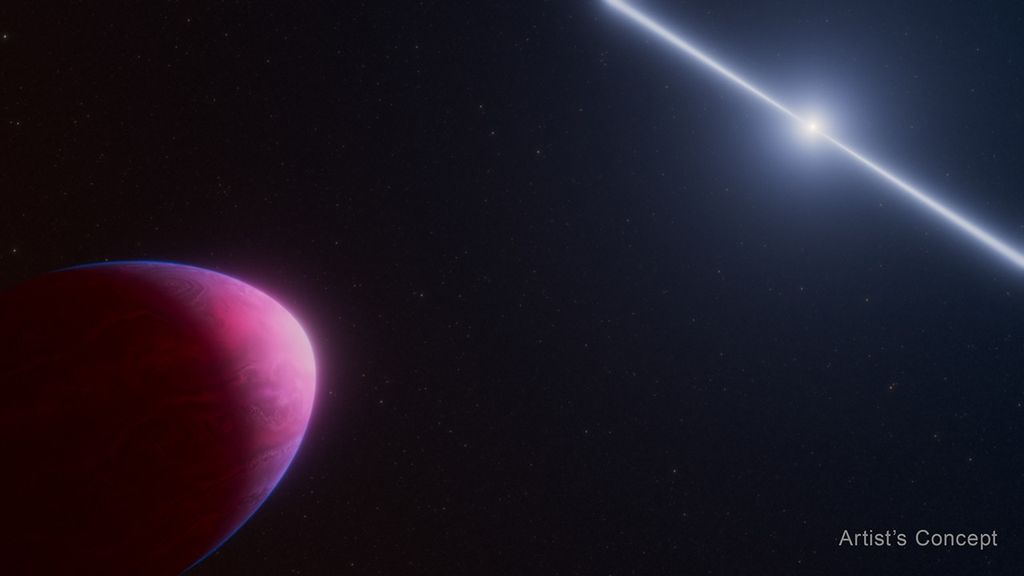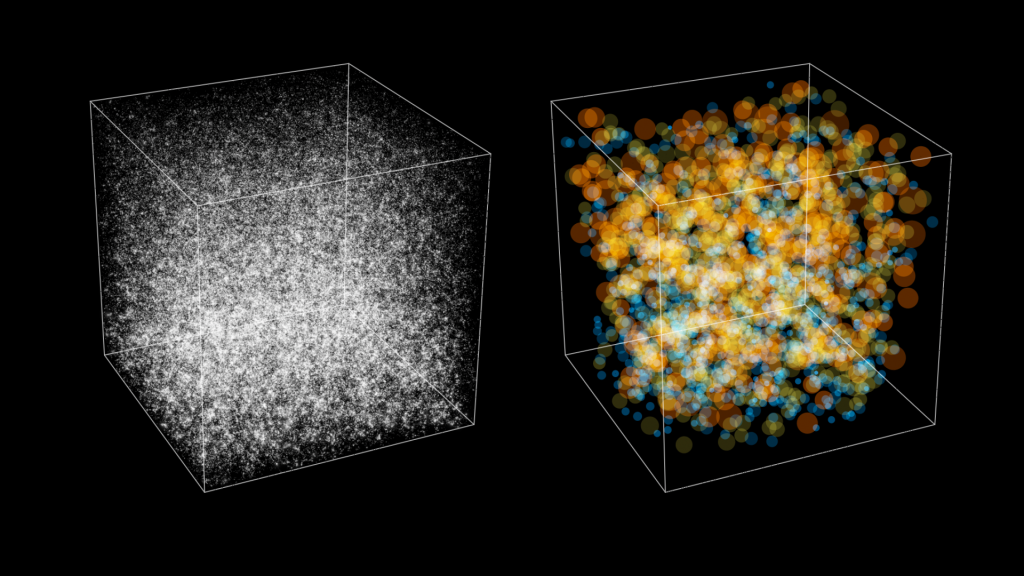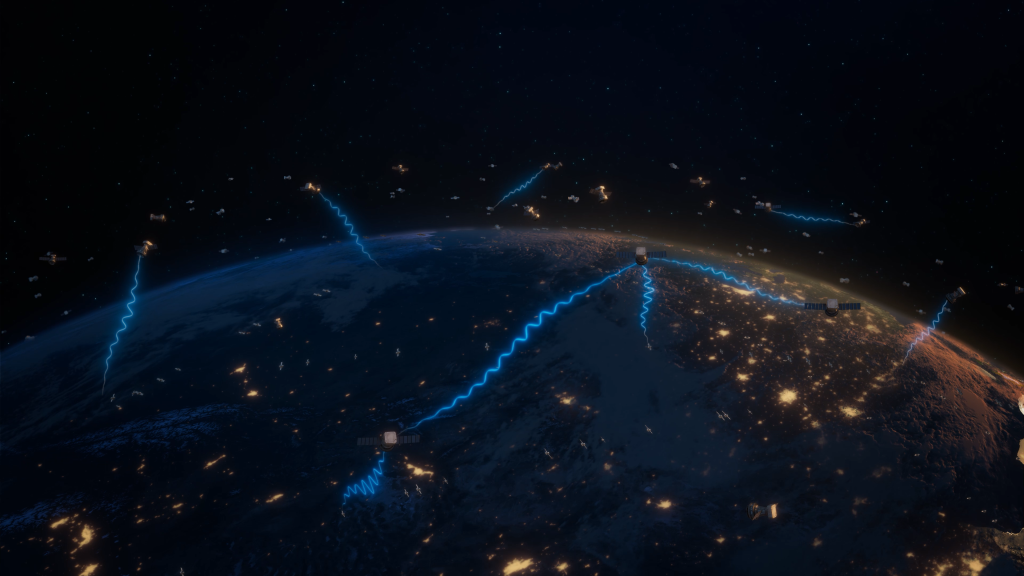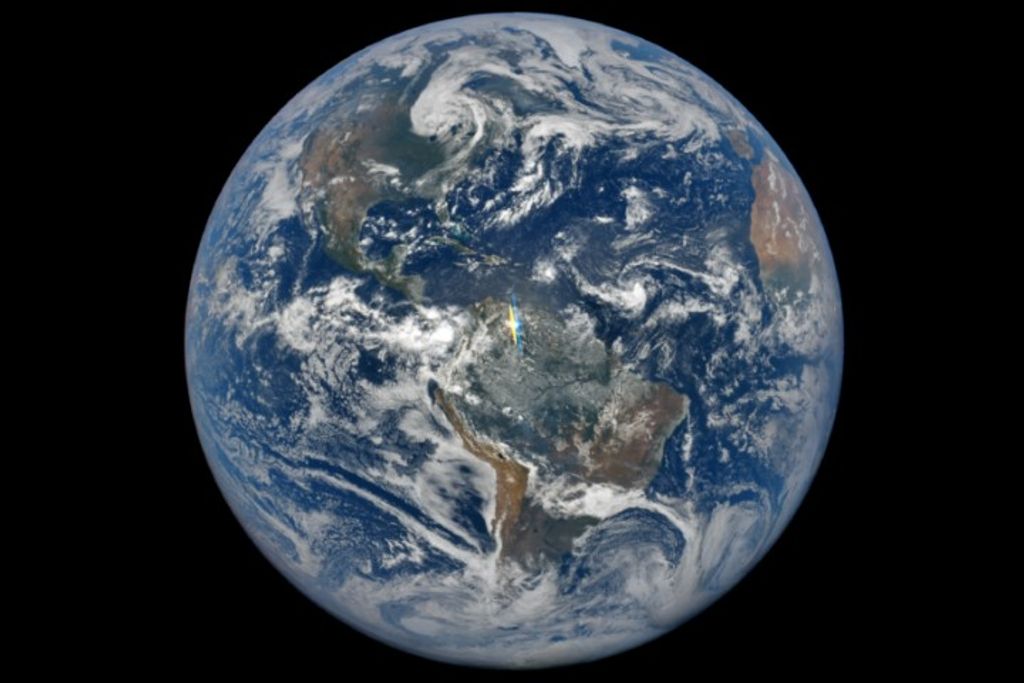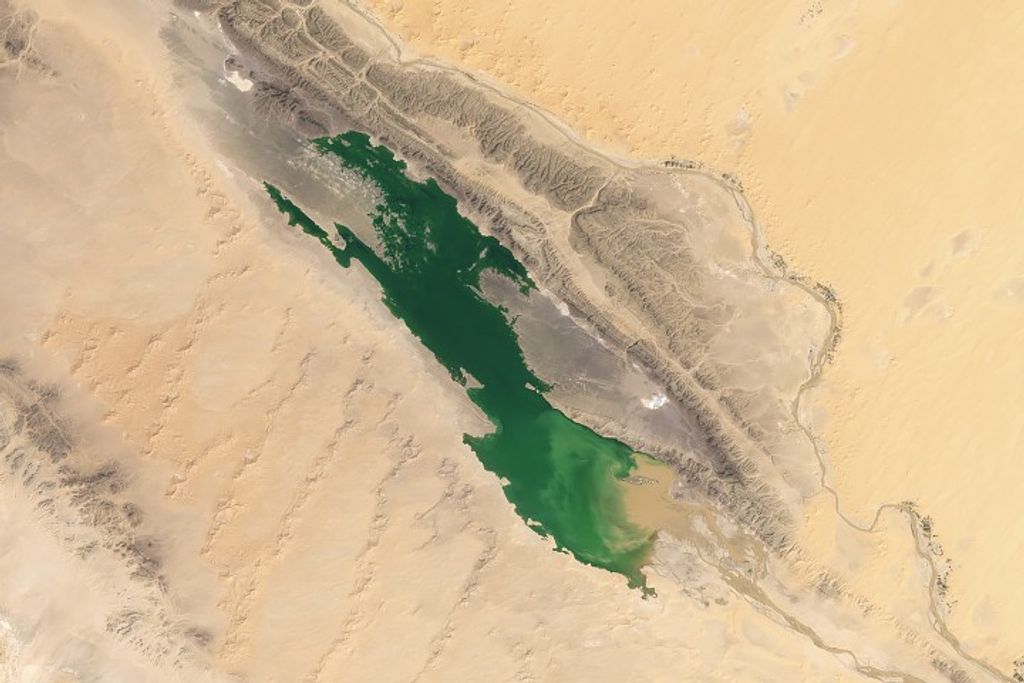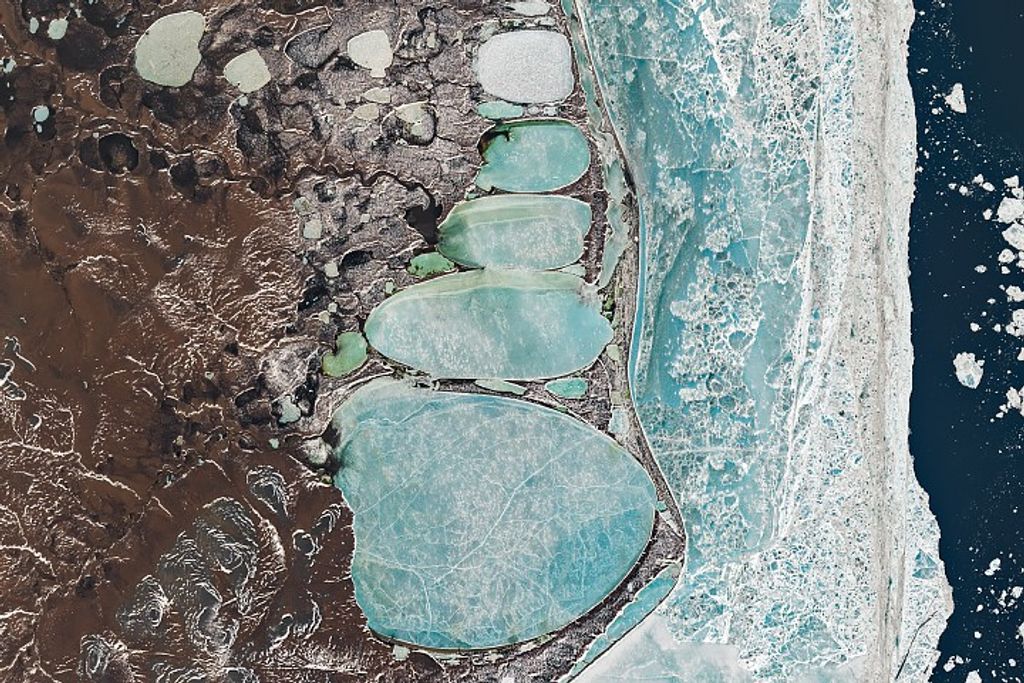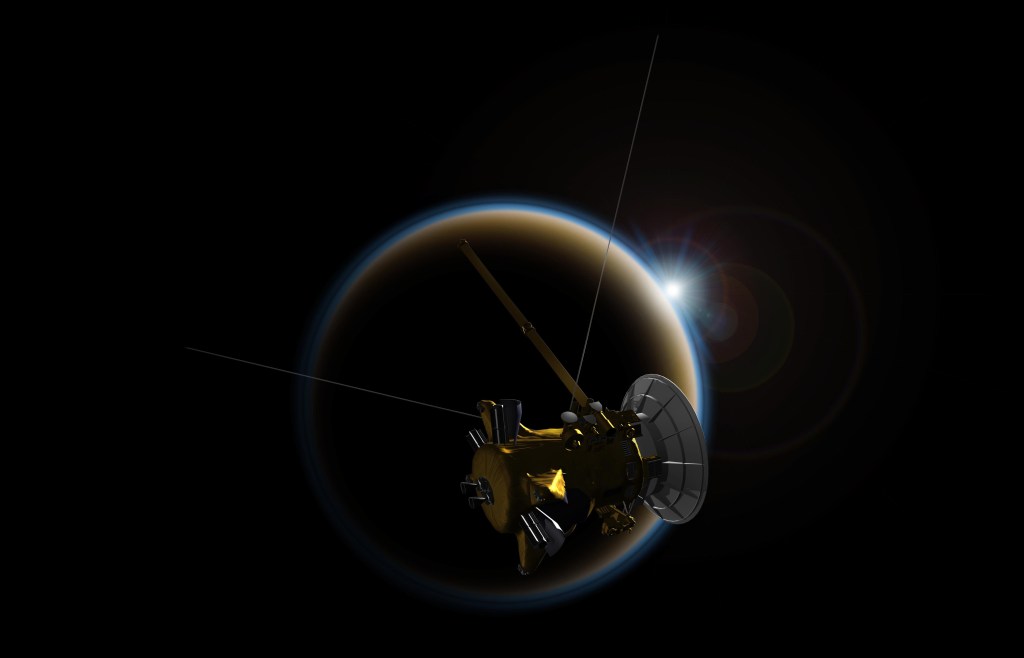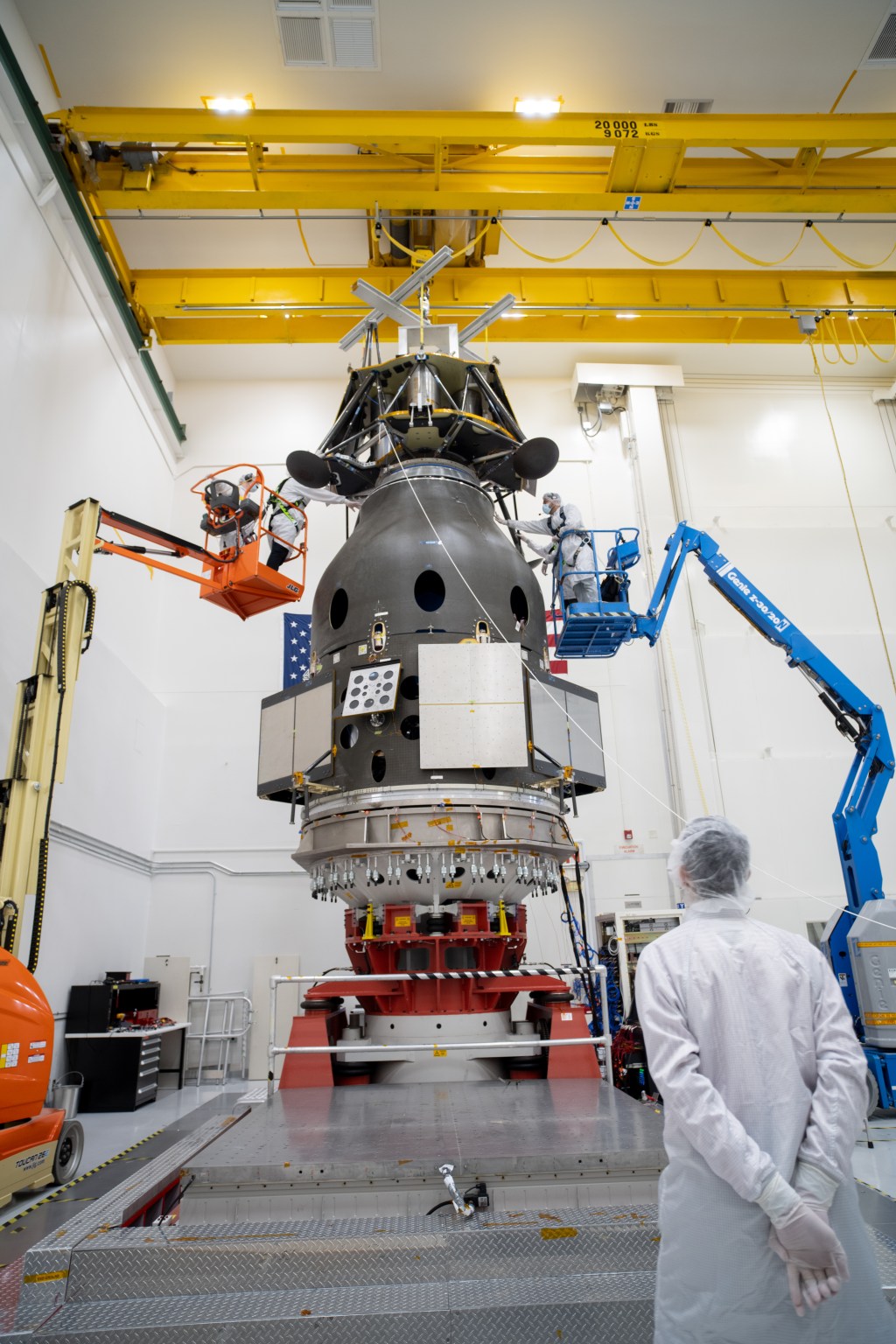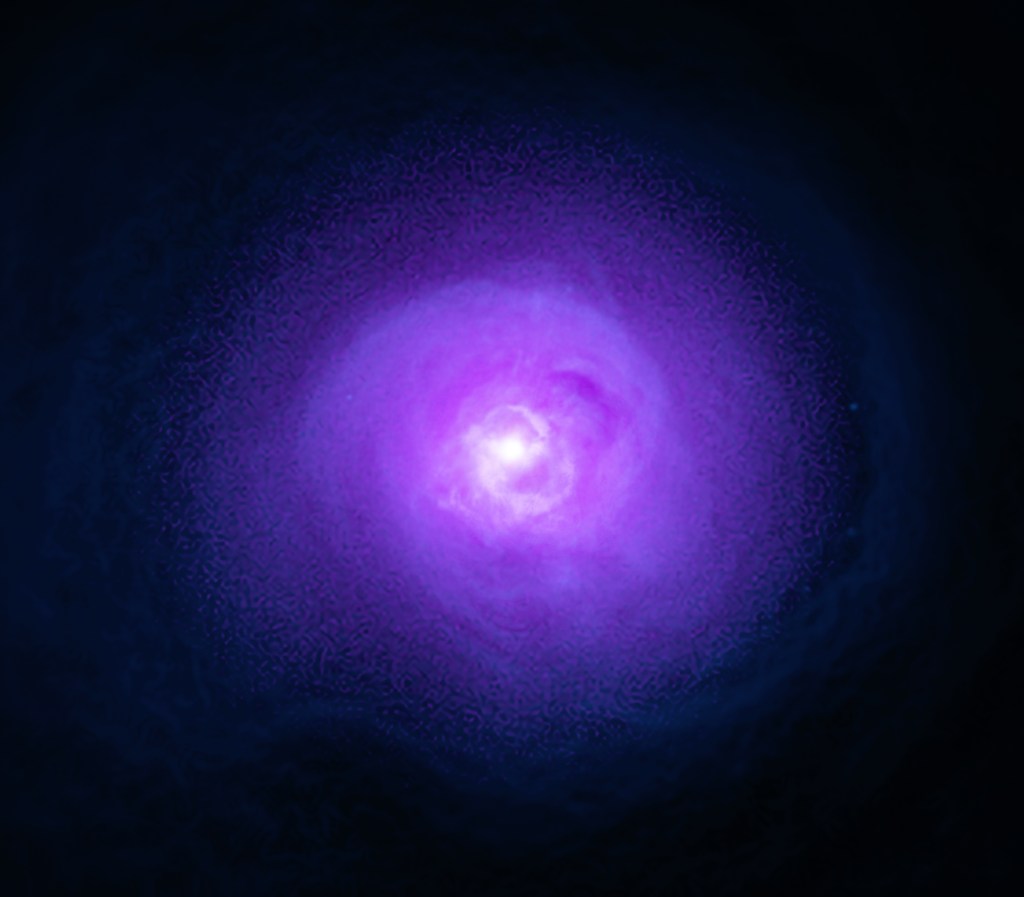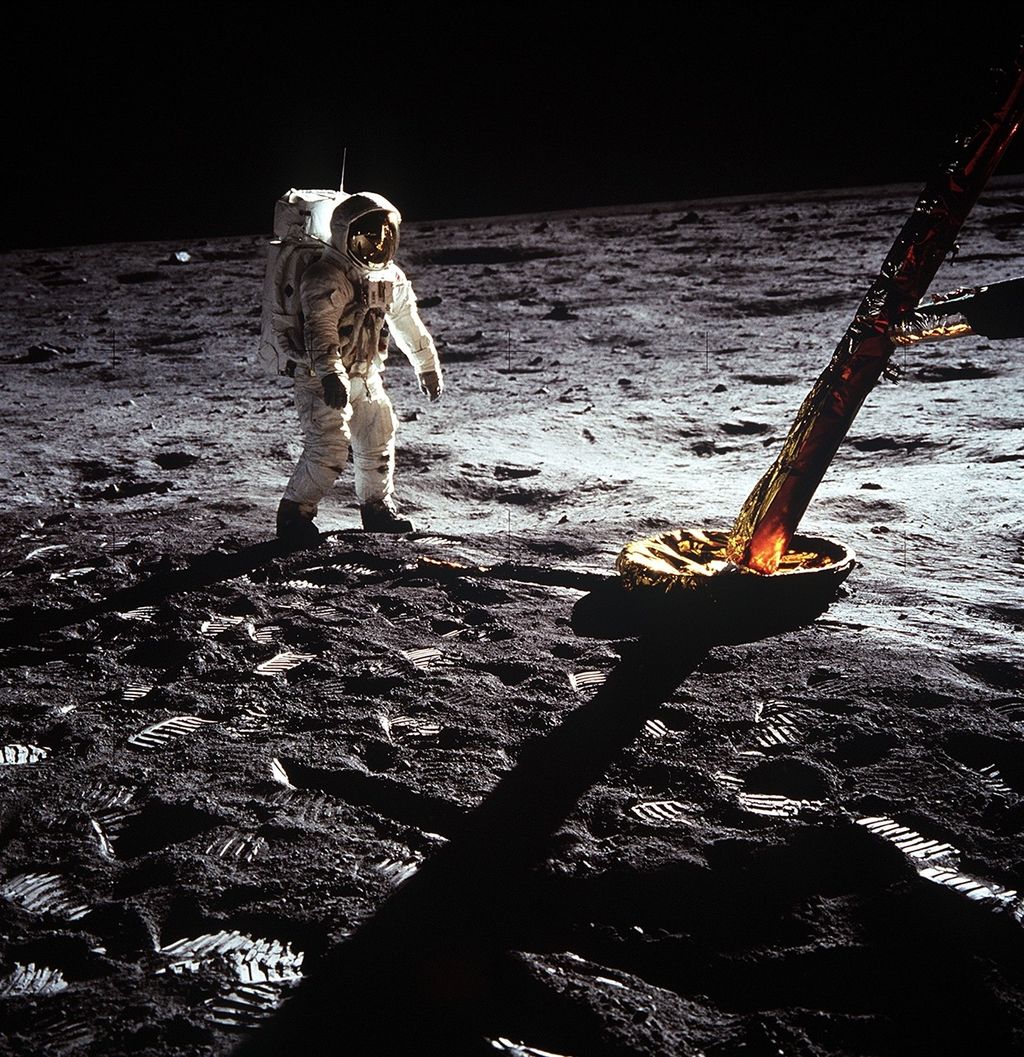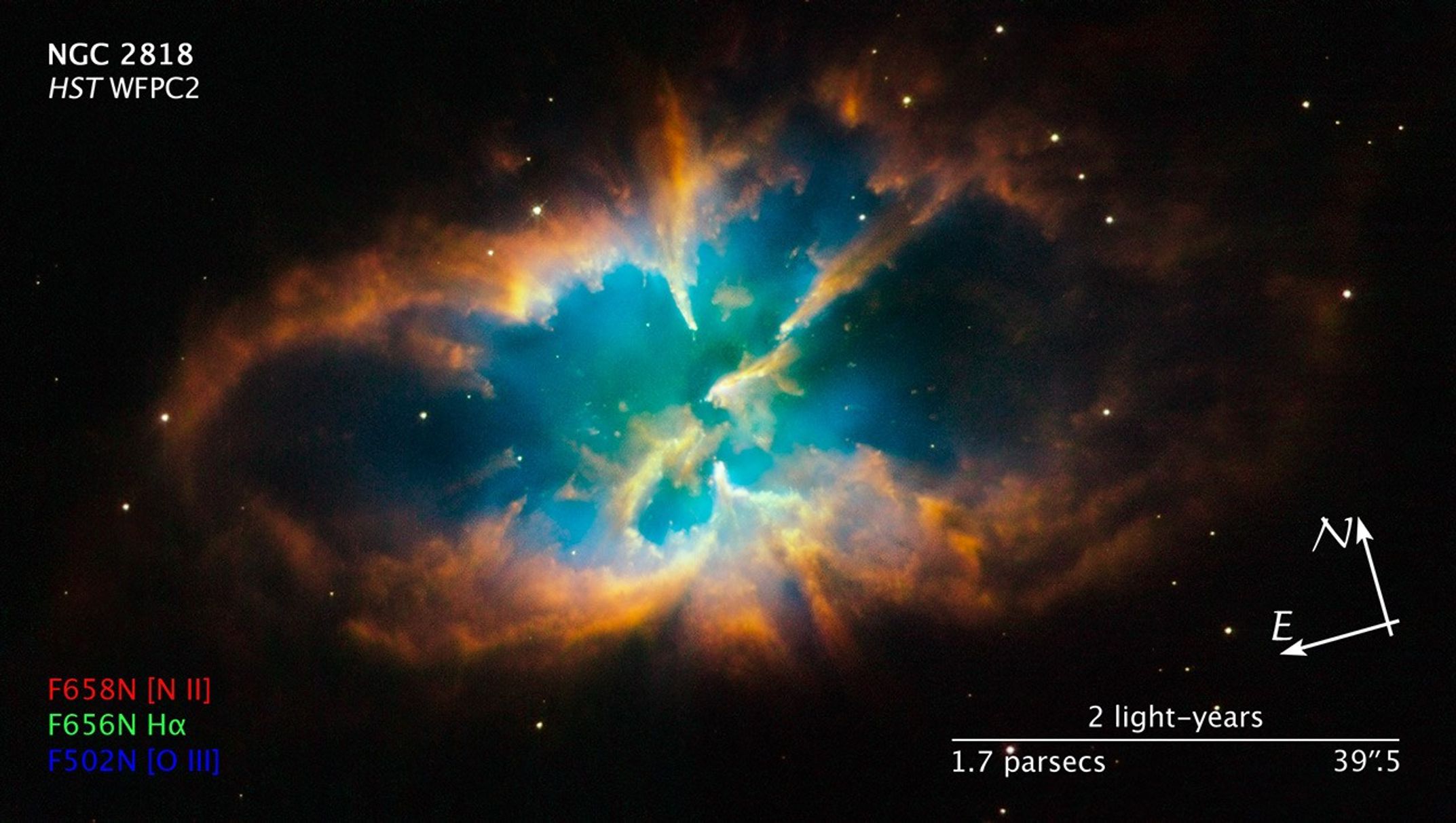1 min read
Hubble Snaps a Splendid Planetary Nebula

The Hubble Space Telescope has imaged striking details of the famed planetary nebula designated NGC 2818, which lies in the southern constellation of Pyxis (the Compass). The spectacular structure of the planetary nebula contains the outer layers of a star that were expelled into interstellar space.
The glowing gaseous shrouds in the nebula were shed by the central star after it ran out of fuel to sustain the nuclear reactions in its core. Our own sun will undergo a similar process, but not for another 5 billion years or so. Planetary nebulae fade gradually over tens of thousands of years. The hot, remnant stellar core of NGC 2818 will eventually cool off for billions of years as a white dwarf.
NGC 2818 is often heralded as one of the Galaxy's few planetary nebulae to be discovered as a member of an open star cluster. The other celebrated case is the planetary nebula NGC 2438 in the open star cluster designated Messier 46. Recent investigations, however, suggest that both cases merely amount to a chance alignment, as the objects are actually located at varying distances along the line-of-sight. To date, there has yet to be a single established case of a Galactic planetary nebula discovered in an open cluster.
Planetary nebulae have been detected in several globular star clusters in our Galaxy. These densely-packed, gravitationally-bound groups of 100,000s to millions of stars are far older than their open cluster counterparts.
This Hubble image was taken in November 2008 with the Wide Field Planetary Camera 2. The colors in the image represent a range of emissions coming from the clouds of the nebula: red represents nitrogen, green represents hydrogen, and blue represents oxygen.
About the Object
- R.A. PositionR.A. PositionRight ascension – analogous to longitude – is one component of an object's position.09h 16m 6.13s
- Dec. PositionDec. PositionDeclination – analogous to latitude – is one component of an object's position.-36° 37' 36.87"
- ConstellationConstellationOne of 88 recognized regions of the celestial sphere in which the object appears.Pyxis
- DistanceDistanceThe physical distance from Earth to the astronomical object. Distances within our solar system are usually measured in Astronomical Units (AU). Distances between stars are usually measured in light-years. Interstellar distances can also be measured in parsecs.10,400 light-years (3.2 kiloparsecs)
- DimensionsDimensionsThe physical size of the object or the apparent angle it subtends on the sky.This image is roughly 2 arcminutes (6.5 light-years or 2 parsecs) wide.
About the Data
- Data DescriptionData DescriptionProposal: A description of the observations, their scientific justification, and the links to the data available in the science archive.
Science Team: The astronomers who planned the observations and analyzed the data. "PI" refers to the Principal Investigator.This image was created from HST data from proposals 11956: K. Noll, Z. Levay, M. Mutchler, L. Frattare, C. Christian, F. Hamilton, and H. Bond (STScI/AURA) - InstrumentInstrumentThe science instrument used to produce the data.HST>WFPC2
- Exposure DatesExposure DatesThe date(s) that the telescope made its observations and the total exposure time.November 27/28, 2008, Exposure Time: 2.1 hours
- FiltersFiltersThe camera filters that were used in the science observations.F502N ([O III]), F656N (H-alpha), and F658N ([N II])
- Object NameObject NameA name or catalog number that astronomers use to identify an astronomical object.NGC 2818
- Object DescriptionObject DescriptionThe type of astronomical object.Planetary Nebula
- Release DateJanuary 15, 2009
- Science ReleaseHubble Snaps a Splendid Planetary Nebula
- Credit

The image is a composite of separate exposures made by the WFPC2 instrument on the Hubble Space Telescope. Three filters were used to sample narrow wavelength ranges. The color results from assigning different hues (colors) to each monochromatic image. In this case, the assigned colors are: Blue: F502N ([O III]) Green: F656N (H-alpha) Red: F658N ([N II])
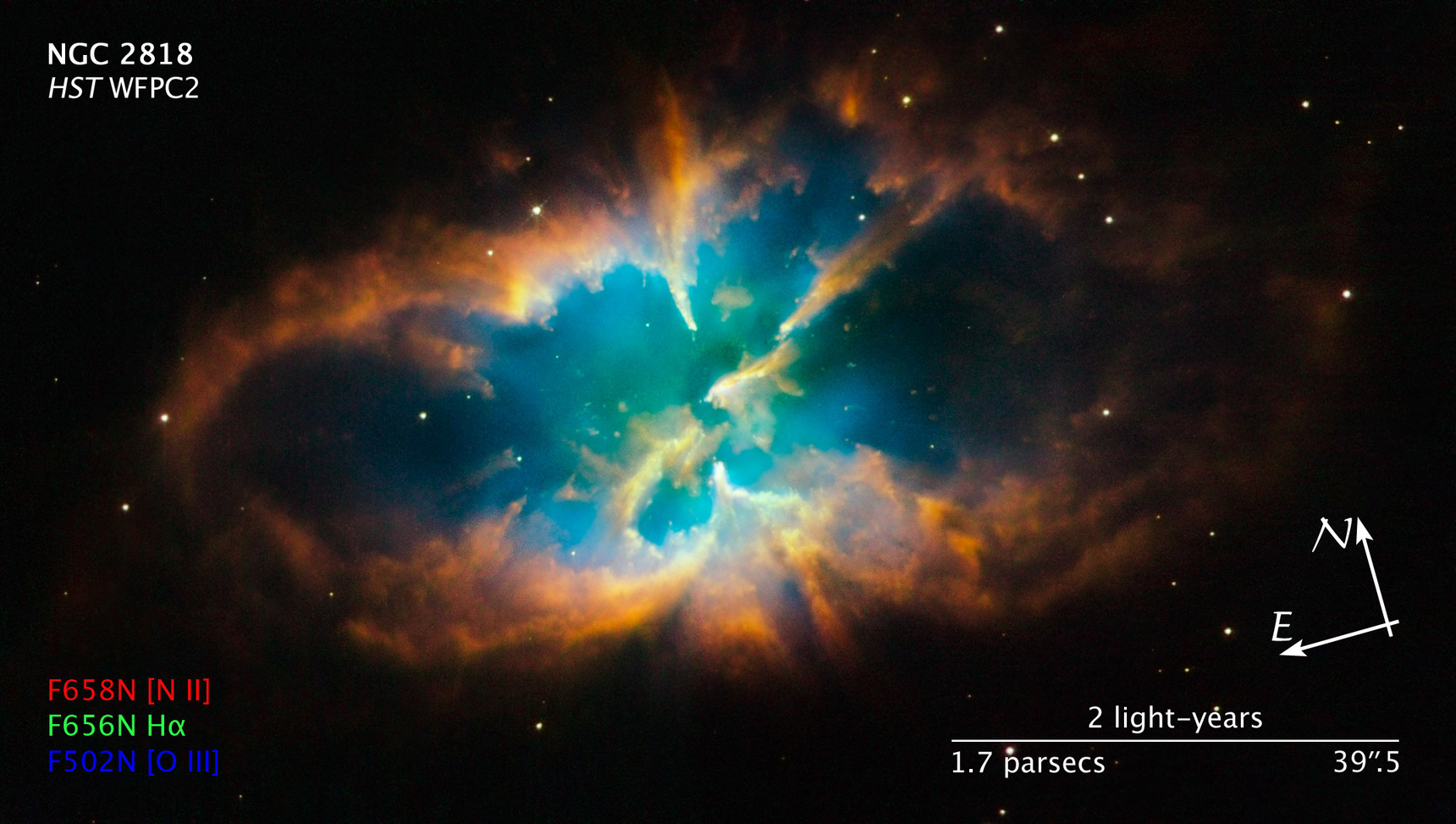
Share
Details
Claire Andreoli
NASA’s Goddard Space Flight Center
Greenbelt, Maryland
claire.andreoli@nasa.gov


